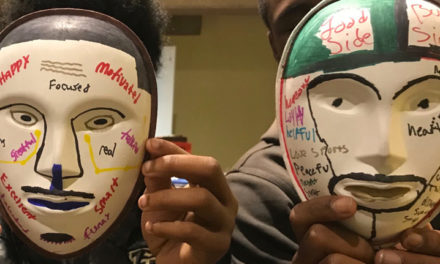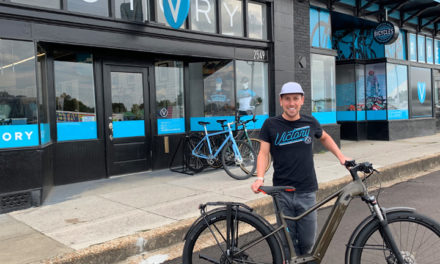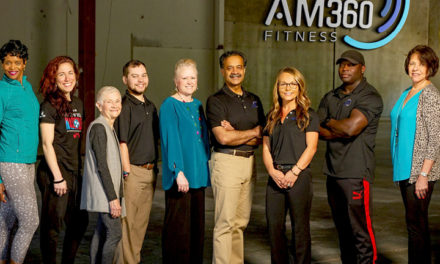When Robert Douglass walked into his annual physical at 42 years old, he couldn’t expect how his world would change. Diabetes ran in his family, but he had made it this far, so he had every reason to believe he was in the clear.
“It was crazy. One year I was 41 and completely diabetes free. The next year I go in, and I had it,” he says.
Following the diagnosis, Robert began taking medication for Type 2 diabetes, but his blood sugar continued to stay in an unhealthy range. He spent a year and a half trying to lose weight, hoping to get his condition under control. He returned to the doctor in better shape and learned that he was misdiagnosed. He had Type 1 diabetes and needed to go on insulin.
“They called me a late-onset adult Type 1 diabetic,” he says.
Typically, Type 1 diabetics are diagnosed as children or teens. A late diagnosis can be difficult because it requires lifestyle changes like learning how to change your diet and manage insulin.
Now Robert is 49 and says, “My diabetes made me want to develop a healthier lifestyle.”
Though he worked out and ate relatively healthily before the diagnosis, it was never that consistent. He would try to go on runs every so often or get on a diet for a couple of months before losing interest.
“I started working out with a trainer twice a week and running three to four days a week on my own,” he says. This is the schedule that works for him and creating this schedule was one of the most important parts of the process. “I used to not care if I missed a workout,” he says.
His trainer is Kate Richards at the Jewish Community Center. She makes custom workouts that change week by week to keep it interesting. “She has done miracles. When I work out with her and do weights, my blood sugar will stay level for the next 36 hours.”
The way Robert ate before diabetes wasn’t terrible, but he still had those days where he would fall off the wagon and eat junk. He changed to a low-carb, high-fat diet, believing that avoiding carbohydrates and sugar would keep his blood sugar where it needed to be.
“I was not losing any weight. I would run and go to my trainer, but my weight stayed stagnant. No muscle, no slimming, no progress.”
Robert and his husband met with dietitian Morgan Shulte. She got them both to track their carbs, proteins, and fat. “I was scared to death because she told me I had to start eating carbs,” says Robert, but she assured him that he needed the good carbs from things like fruits and whole-grain bread in order to see a change.
In five weeks to six weeks, he lost 21 pounds. There is a misconception that you can’t eat carbs if you are diabetic, and Morgan helped him realize that. “I was just so scared to eat any carbs for fear of my sugar spiking, but now my sugar is actually more level and I use less insulin by eating properly.”
“When one person has diabetes in a relationship and the other does not, it can be hard for that one person to change their way of life or eat differently from their partner, but my husband Christian has made it easy by going through everything with me. He encourages me and is very supportive of this new lifestyle.”
In the new year, as others embrace the journey towards wellness, Robert advises getting a trainer to get motivated and stay focused—and get your family on board.
By Chloe Webster
Photo by Tindall Stephens







